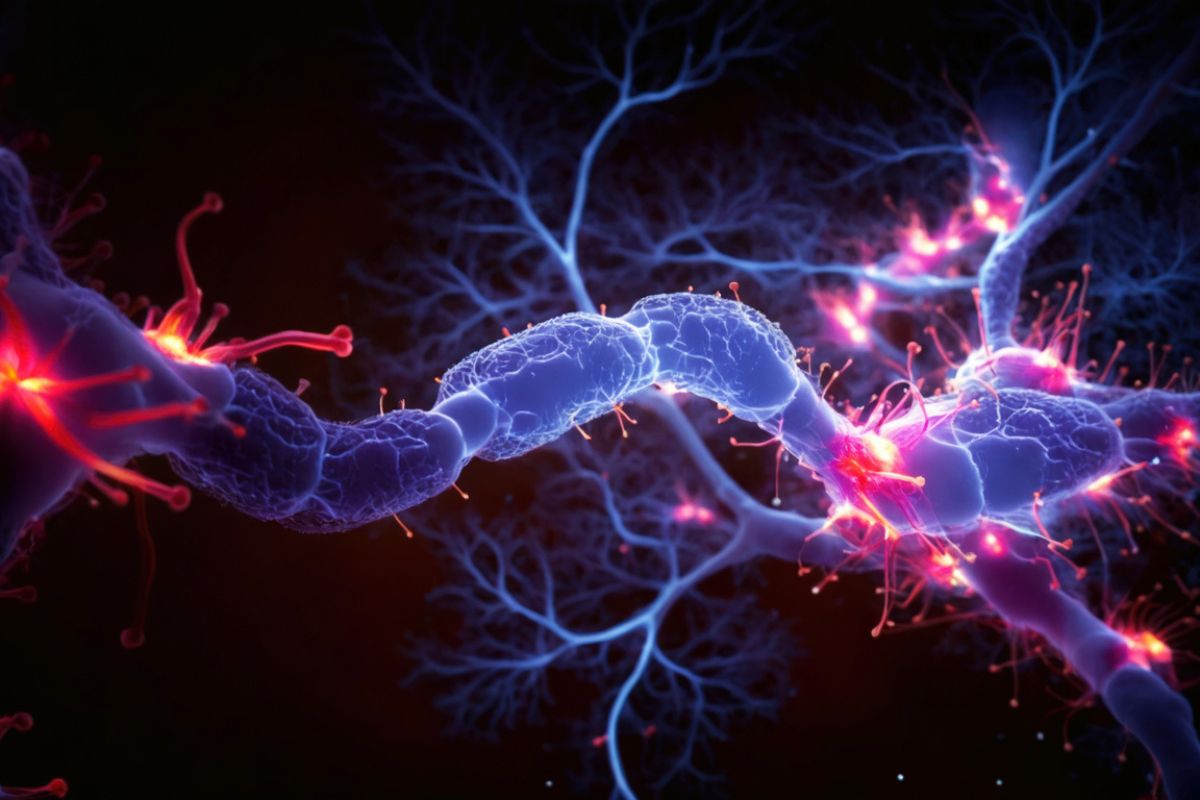We’ve known for years now that repeated blows to the head – whether it’s from a soccer ball, a defensive lineman, or an opponent in the octagon – can lay the early groundwork for chronic traumatic encephalopathy (CTE).
But new research appearing in the journal Nature contends that the damage we all expected starts much sooner – and runs much deeper – than we thought. In fact, the researchers argue that it starts to spread well before the telltale protein tangles of CTE show up.
Boston University researchers (and their collaborators) relied on single-nucleus RNA sequencing on brain tissue from more than two dozen young individuals. Most of the tissue “donors” were former American football players who died before turning 51.
Their analysis uncovered a cellular tsunami of inflammation, rolling waves of disrupted blood vessels, and a loss of neurons tied directly to years of repetitive head impacts. These signs even cropped up in brains that hadn’t started to show CTE pathology.
“These results have the potential to significantly change how we view contact sports,” BU assistant professor of pathology & laboratory medicine and corresponding author Jonathan Cherry, PhD, explained. “They suggest that exposure to RHI can kill brain cells and cause long-term brain damage, independent of CTE.”
Early Warning Signs
Clinicians diagnose CTE by identifying deposits of abnormal tau protein (p-tau) around blood vessels at the base of cortical folds. But (so far) the only way we’ve been able to track down those deposits is post-mortem, which has made diagnosis problematic and intervention virtually impossible.
The researchers in this study, however, zoomed in on the living machinery of the brain: microglia, astrocytes, endothelial cells, and neurons. In doing so, the research team discovered that repeated head trauma was enough to reprogram these cells into unhealthy states.
- Microglia shifted from a quiet surveillance mode to a more aggressive (and by extension, inflammatory) state, especially in athletes with extended careers.
- Endothelial cells lining blood vessels ramped up genes associated with angiogenesis and inflammation, hinting at early blood-brain barrier dysfunction.
- Even astrocytes, normally reliably resilient, showed small – but notable – signs of stress and reactivity.
Neurons Under Siege
But maybe the most sobering find revealed itself in the neurons themselves. Young athletes with a history of hits to the head showed a startling 56% loss of excitatory neurons in cortical layer 2/3 at the depths of brain folds, the regions most stressed during impact. The researchers managed to tie this to years of football play, regardless of whether the brain showed CTE tau deposits. In other words, neurons were dying off early.
“You don’t expect to see neuron loss or inflammation in the brains of young athletes because they are generally free of disease. These findings suggest that repetitive head impacts cause brain injury much earlier than we previously thought,” Cherry added. “These results highlight that even athletes without CTE can have substantial brain injury. Understanding how these changes occur, and how to detect them during life, will help the development of better prevention strategies and treatments to protect young athletes.”
Implications for Sports and Beyond
The study also identified a potential signaling pathway behind this early damage. The researchers found that microglia produce TGFB1, a growth factor that interacts with ITGAV and TGFBR2 receptors on endothelial cells. This cross-talk might amplify inflammation, vascular changes, and ultimately neuronal injury.
Notably, the density of ITGAV-positive vessels grew with years of football play. And brains with more of these abnormal vessels had fewer surviving neurons.
These findings shift the focus from end-stage CTE to the early chain of events sparked by repeated head trauma. The fact that widespread cellular disruption can occur without visible tau deposits raises both challenges and opportunities. On one hand, it complicates what we know about how and when CTE begins. Conversely, it opens new doors for early detection and intervention.
“Multiple years of head impact exposure alone appear sufficient to induce lasting brain changes,” the authors conclude. “These cellular responses may underlie the earliest symptoms seen in young athletes.”
This new research underscores why non-concussive, repeated hits matter as much as (if not more than) more dramatic concussions. It also reinforces the need for more diligent monitoring, more robust protective measures, and maybe even novel therapies targeting microglial or vascular pathways.
At least for now, the message couldn’t be clearer. The seeds of long-term brain disease might be planted much earlier than we thought. And for athletes in contact sports, the damage might start not with a single crushing blow but with the steady, quiet rhythm of daily hits to the head.
Further Reading
Manhattan Shooter’s Suicide Note Renews CTE Debate



